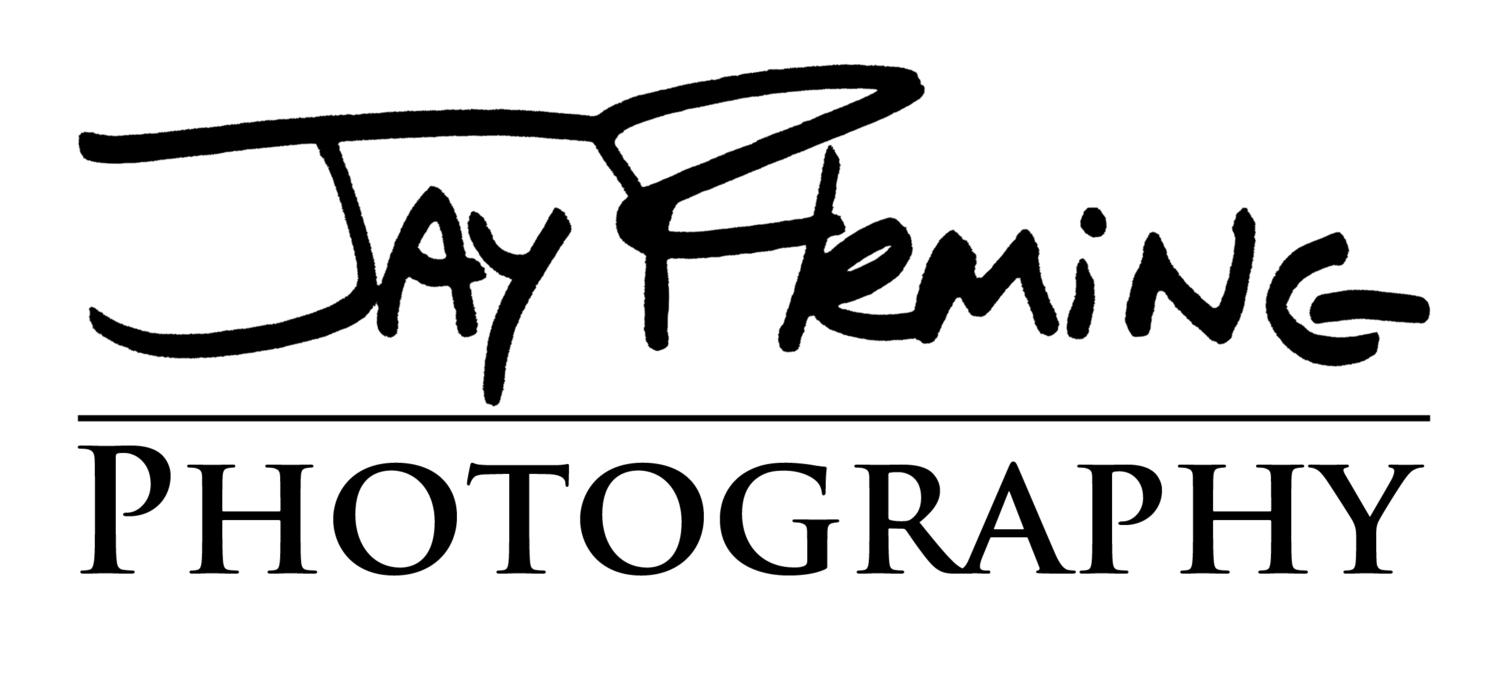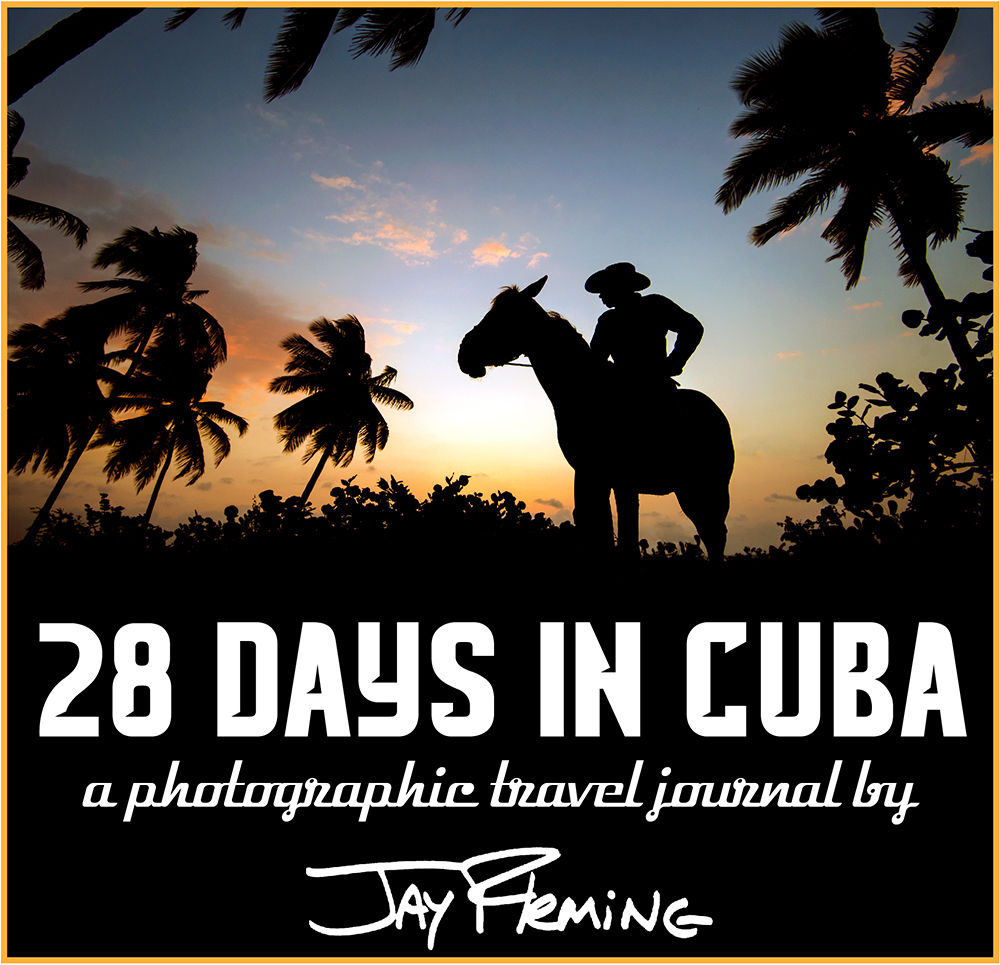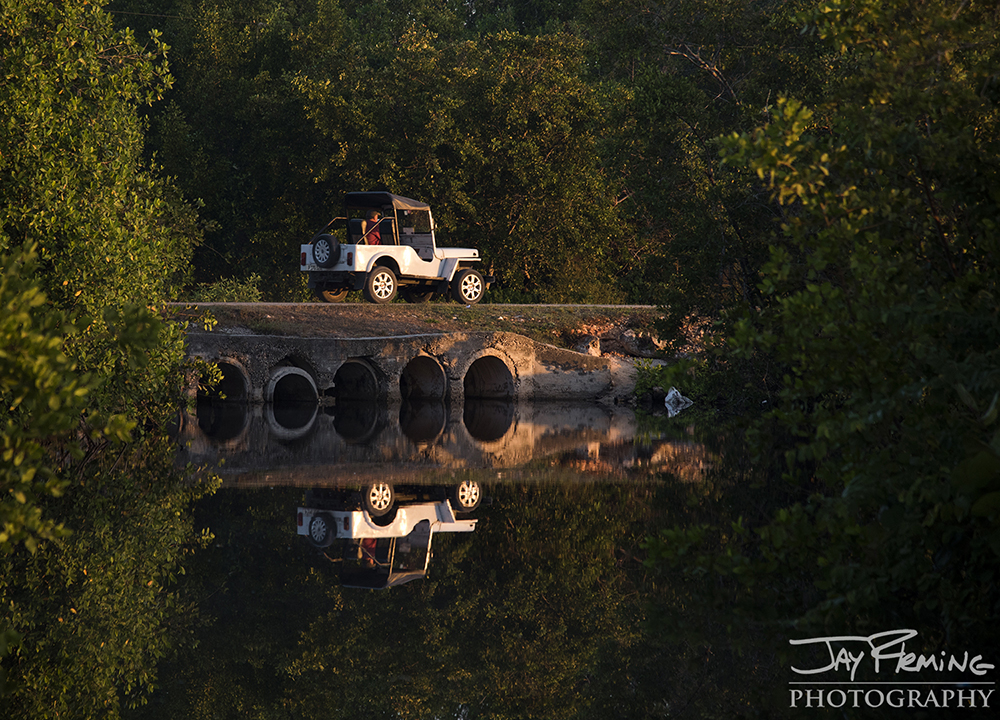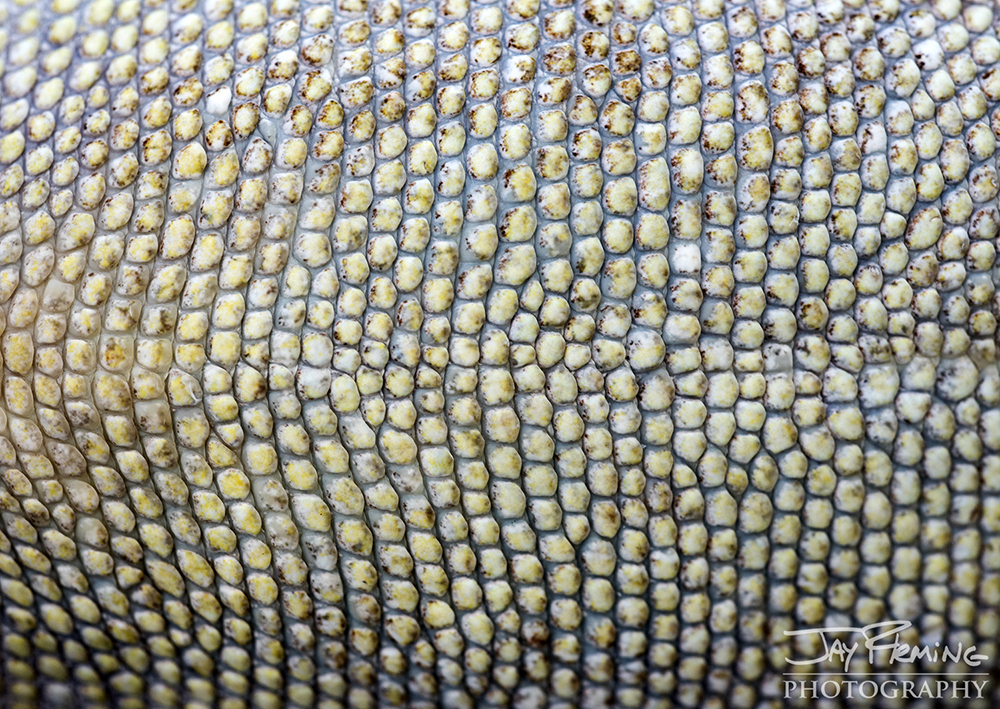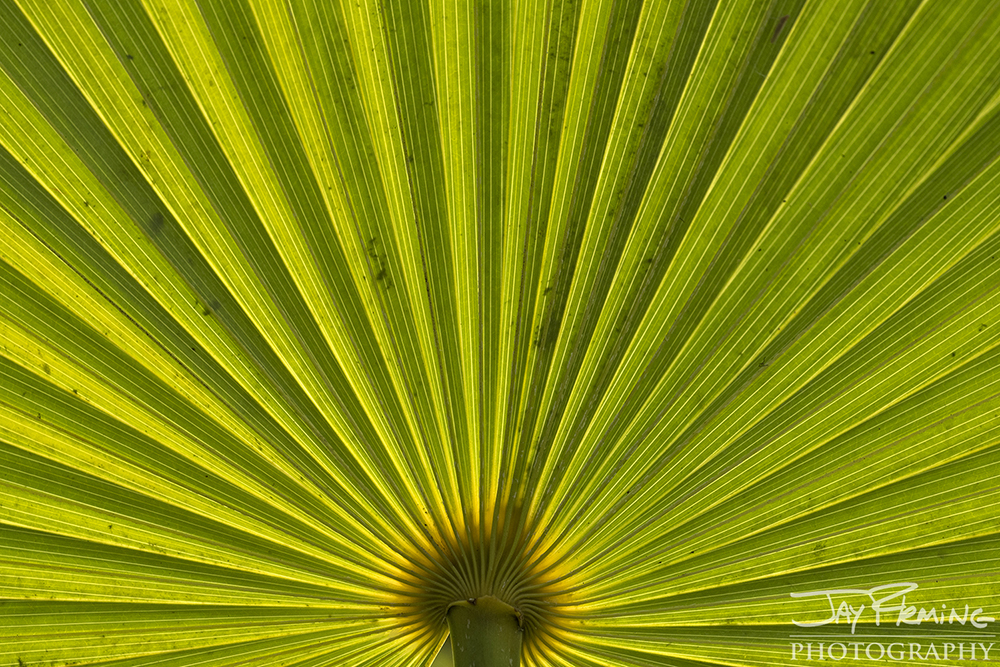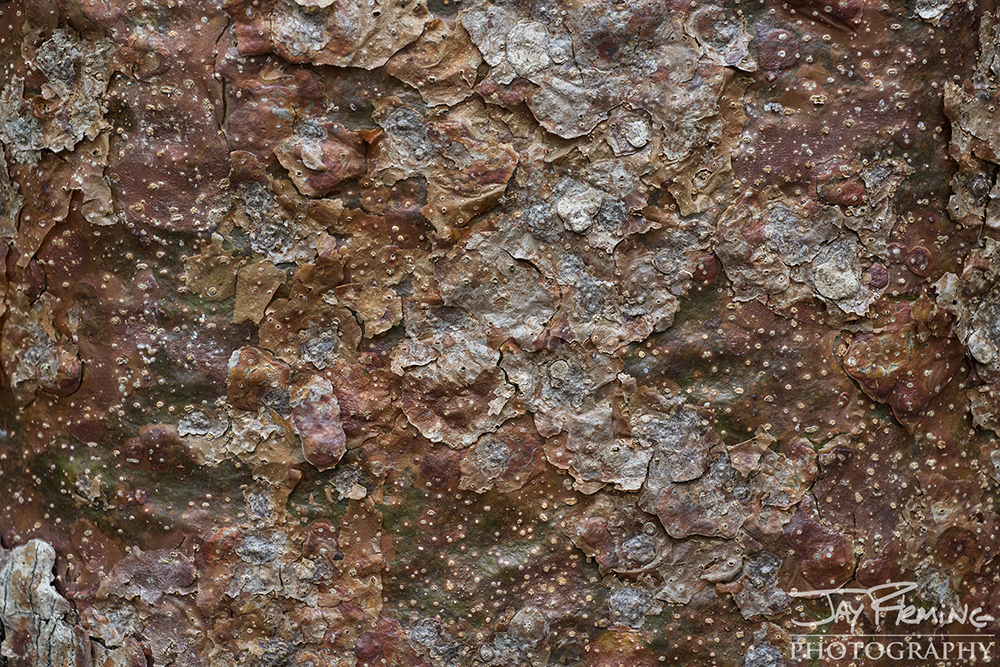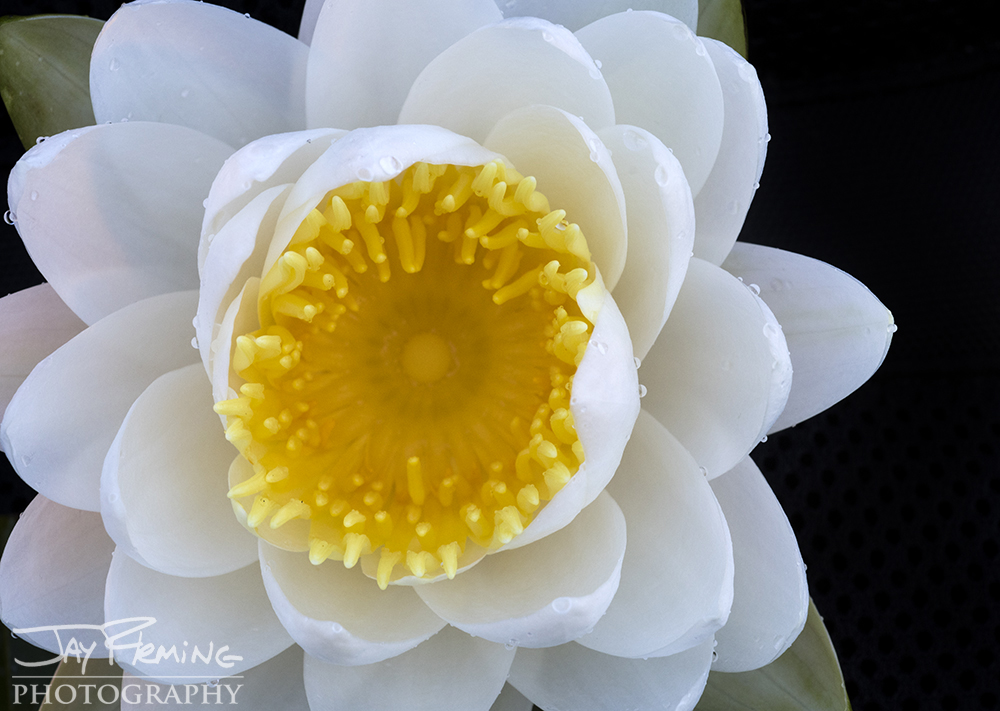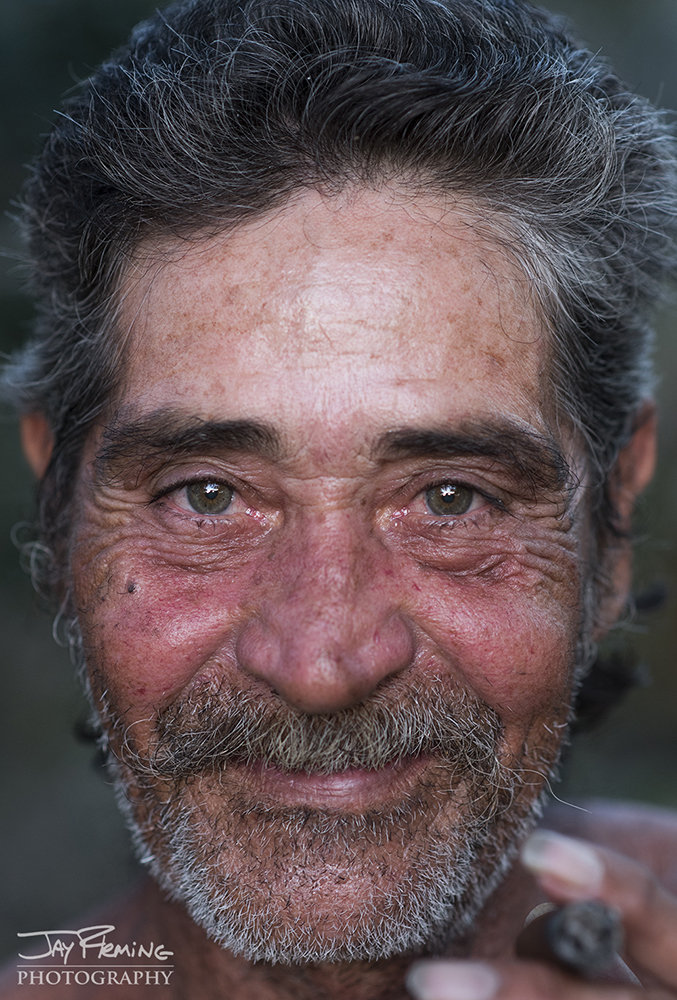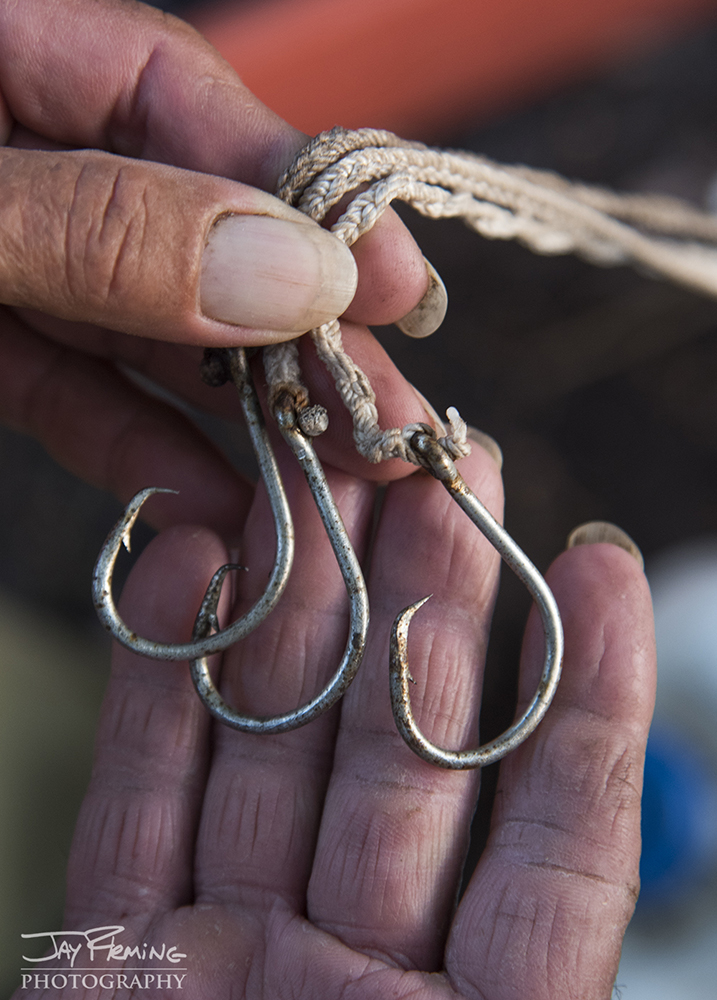At the end of a busy holiday season following the release of my first book, Working the Water, I decided to dedicate the month of January to traveling. After three years of shooting pictures almost exclusively on the Chesapeake Bay, I was inspired to dedicate time to photographing and learning about a new country. I contemplated traveling to destinations all over the world, but continually found myself coming back to a destination less than 100 miles from the United States—Cuba. Due to its tumultuous political past, the history and environment of Cuba has been preserved, and its culture extremely unique. I decided that Cuba would be my final destination, and it’s beautifully decrepit streets, its ever-optimistic people, and its breathtaking landscapes and wildlife would be my new subjects.
This blog series of seven journal entries will share my photographs and experiences from 28 days of travel throughout the western portion of the island. The progression of the entries will follow the trip as we travelled west from Havana and back east along the southern coast to our final destination, Trinidad.
From the crocodile farm near Boca Guama, we were able to get a cab to the next destination — Playa Larga — for less than 10 CUC. I had booked the accommodations on AirBNB, so as with other places we had stayed in Cuba, we did not know exactly what to expect. As we drove into town, we asked locals where ‘Casa Alexis’ was, and after asking about five people, we were able to find it. Alexis ad his family greeted us, and we instantly knew that they were going to be great hosts. The entire family, including his mother and children, were working to keep his bed and breakfast business venture running. Communication with Alexis was relatively easy, I had taken five years of Spanish in high school and college, and unlike many Cubans, Alexis was eager to learn English — knowing that it would give him the upper hand while running his new business.
After settling in and walking next door to his sisters restaurant for lunch, Hogfish and traditional cuban vegetables, Alexis set us up with rental bikes. He gave us a list of people who could help us see wildlife in the area and set us up with a taxi driver who was able to consistently take us around the Bay of Pigs area.
Casa Alexis was located right next the docks where the small boats moored, so we were able to photograph the Cuban workboats come and go on the first afternoon in Playa Larga. The next morning, we ventured south with the bikes, stopping at limestone ‘beach’ on the side of the road that leads to Playa Giron. The snorkeling close to shore was exceptional - a lot of fish, lobsters and pristine coral. After snorkeling and shooting underwater pictures, we rode the bikes about 13km south to the ‘Cueva los Peces’ — cave of the fish. The natural swimming pool was formerly a cave until the roof collapsed. Now the cave is a planned stop for every tour bus, and as a result overcrowded. We spent about 20 minutes at the cave before making the long 20km bike ride back to casa Alexis. Once we arrived at the house, Alexis and his family prepared fresh lobster that was caught that morning for dinner.
The next morning, we had arranged to fish with a local, Emelito, who had told us about a pond where tarpon were abundant. We scheduled to meet Emelito around 6:00 to make the long ride in a ‘coche de caballo’ to the south towards Salinas. We rode south, arriving at the pond around 8am and found fish breaking all over the surface. We bought bait (Threadfin Herring) from fishermen who we found cast netting along the shoreline - and fished for nearly two hours in the pond without a bite. After being slightly discouraged with Emelito’s big promises, we waded along the shoreline and casted topwater plugs to Barracuda that were willing to eat anything. We headed up the shoreline in the carriage and made a plan to shoot pictures of birds in the afternoon. Upon arriving back at casa Alexis, we packed the gear and went north to Palpite. Alexis had told us about a place to photograph the Bee Hummingbird — the worlds smallest bird. When we arrived in Palpite, we were immediately surrounded by hummingbirds that were attracted to a lush garden behind an older couples home. The couple makes a living by hosting tourists who come to see these unique birds. In addition to the Bee Hummingbird, we saw 3-4 additional species of Hummingbirds. After about two hours of shooting, we came back to the house and I went out to photograph the fishermen bringing their catches in. I made small talk with a group of fishermen and ended up buying a Yellow Eye Snapper and a Cero Mackerel that Alexis prepared for dinner.
Heavy winds blowing directly up the Bay of Pigs from the South, making it difficult to plan any activities on the water. We figured out an alternative plan with the help of Alexis - head to a preserve known as Enigma de las Rocas. This area is known for its limestone caves that host a large variety of aquatic and terrestrial wildlife. We left the house with a tour group in a taxi, and on the way to the destination it started raining, hard. The taxi had no windshield wipers which made for ‘white knuckle’ driving conditions even from the back seat without any seat belts in the 1951 Chevrolet. I was definitely glad that I was not riding the bike on that same road during the rain because the cab driver could barely see anything but kept his speed up to about 50 mph. After about 25 minutes of not knowing whether or not we would get into an accident, the rain stopped and we arrived at the Enigma — all is well that ends well. Our tour guide took us through trails that led to small caves where we saw bats, a colony of Cuban Boas, and hundreds of terrestrial crabs. The last trail led to a small swimming hole that was formerly a covered cave. We jumped in with our masks and fins - the water was amazingly clear and blue. Immediately upon leaving, we knew that we would have to find a way to get back there without a group. The next morning we had arranged for a guide to pick us up, and we were lucky to get Mario supervisor of all of the guides in the Zapata Swamp. Mario took us through the Enigma de las Rocas, showing us plenty that we had missed on our first visit. Mario took us to a small wetland area where I was able to swim with and photograph a small crocodile. After a full day of exploring such a unique place, we came back to casa Alexis and he prepared Wahoo that was caught earlier that morning.
We only had one more day in Playa Larga and wanted to make the most out of it. This was by far one of the best destinations of the trip because of the great host and also of how many different things you could see in a short amount of time. I woke up early the next morning and took horses out with Emelito to fish along the shorelines for Barracuda, a delicacy for the Cubans. We rode south along the beach to Salinas, stopping to take photos along the way. After arriving to the spot where we had luck a few days before, we put about 12 fish in a bag that we tied onto the horse and left before it got too hot. The remainder of the day was spend photographing people and boats in Playa Larga while preparing to leave for Trinidad, where we would spend the final four days of the trip.
Details (left to right): Cuban Night Anole skin, Palmetto, 'Piel de Tourista' - bark of the West Indian Birch tree
